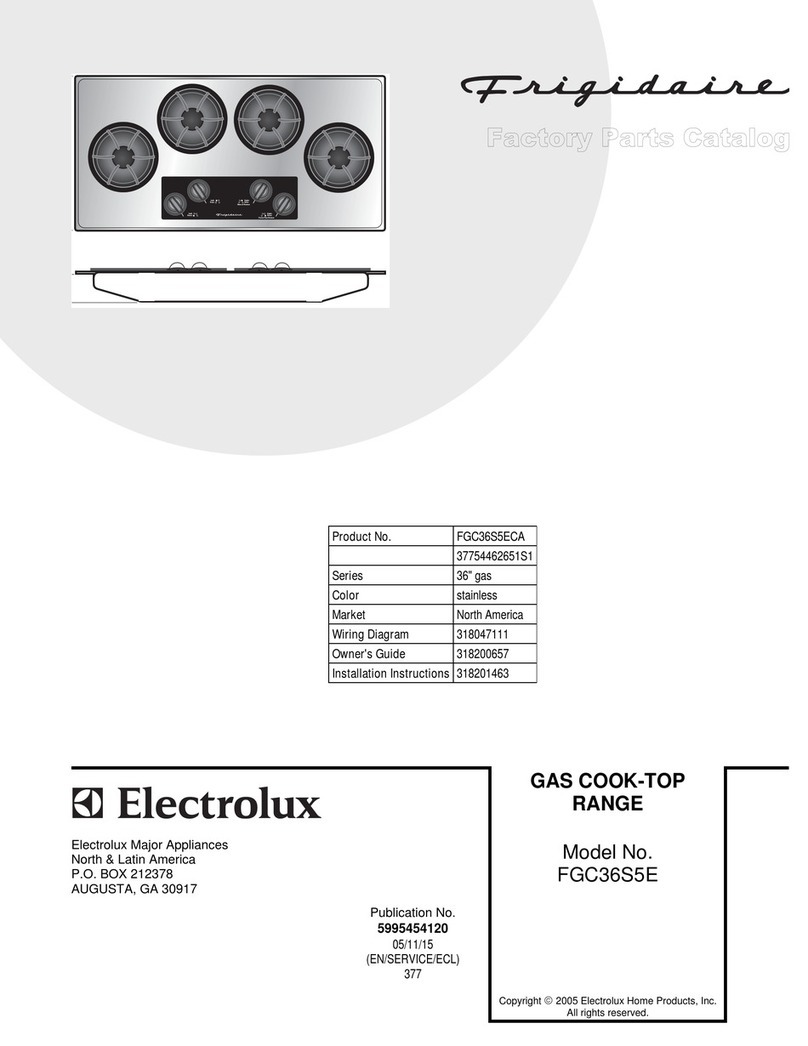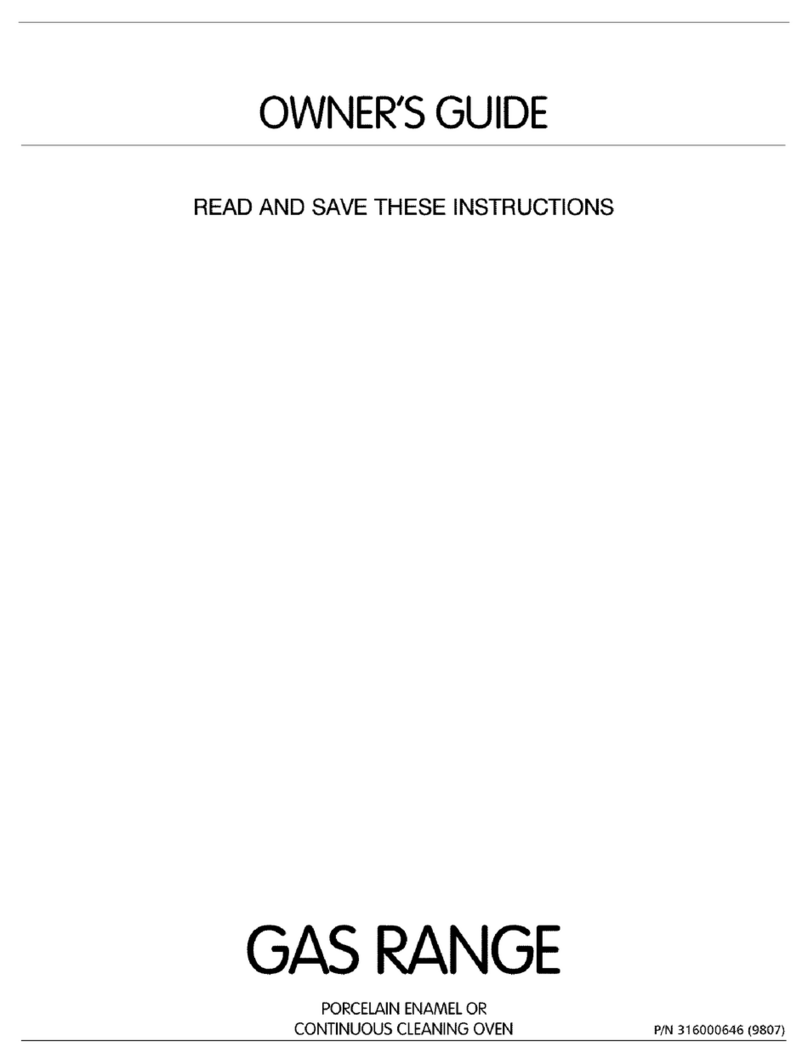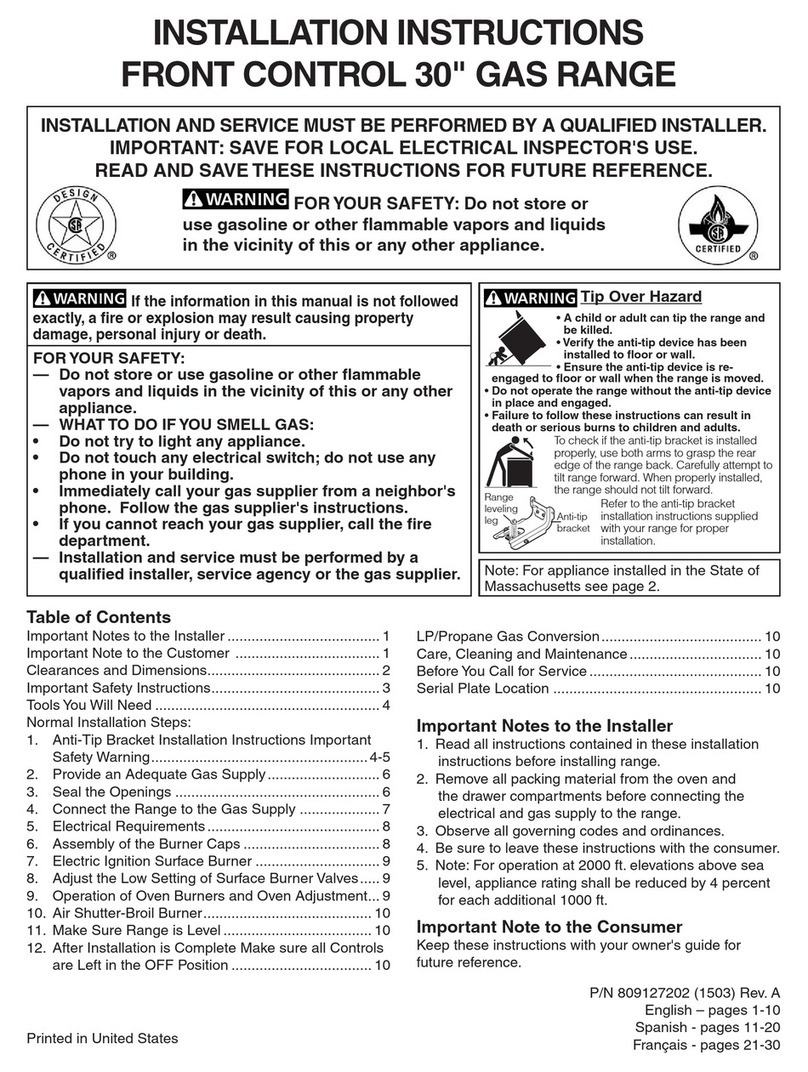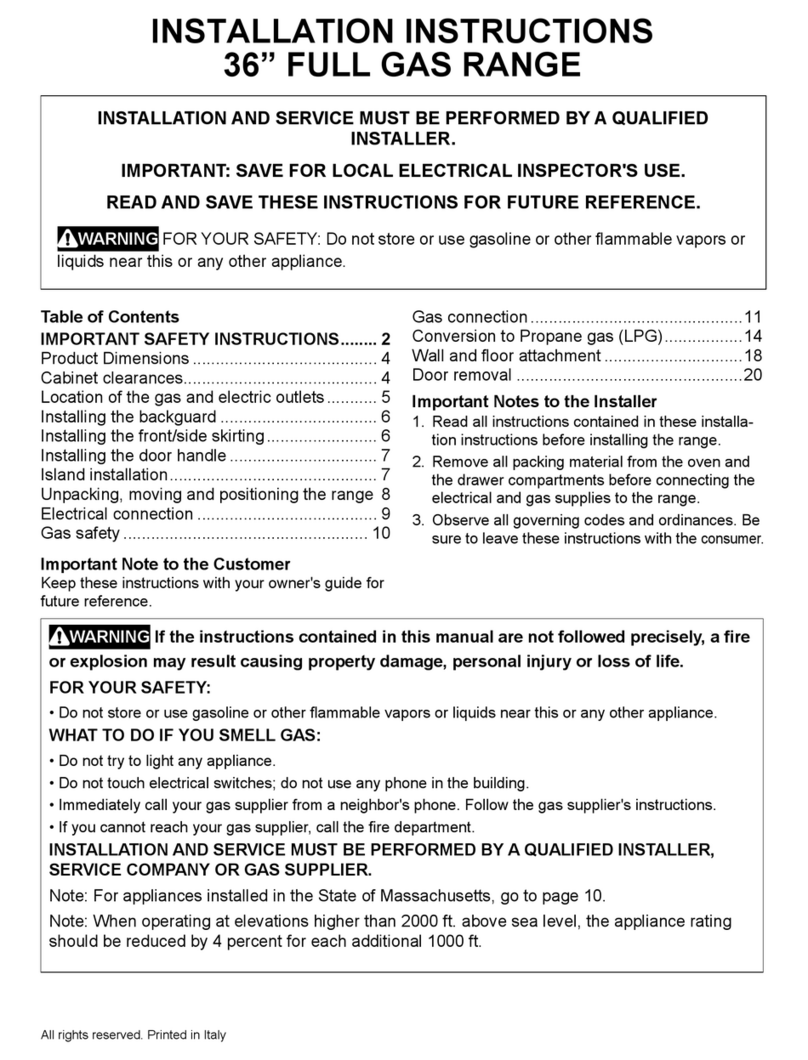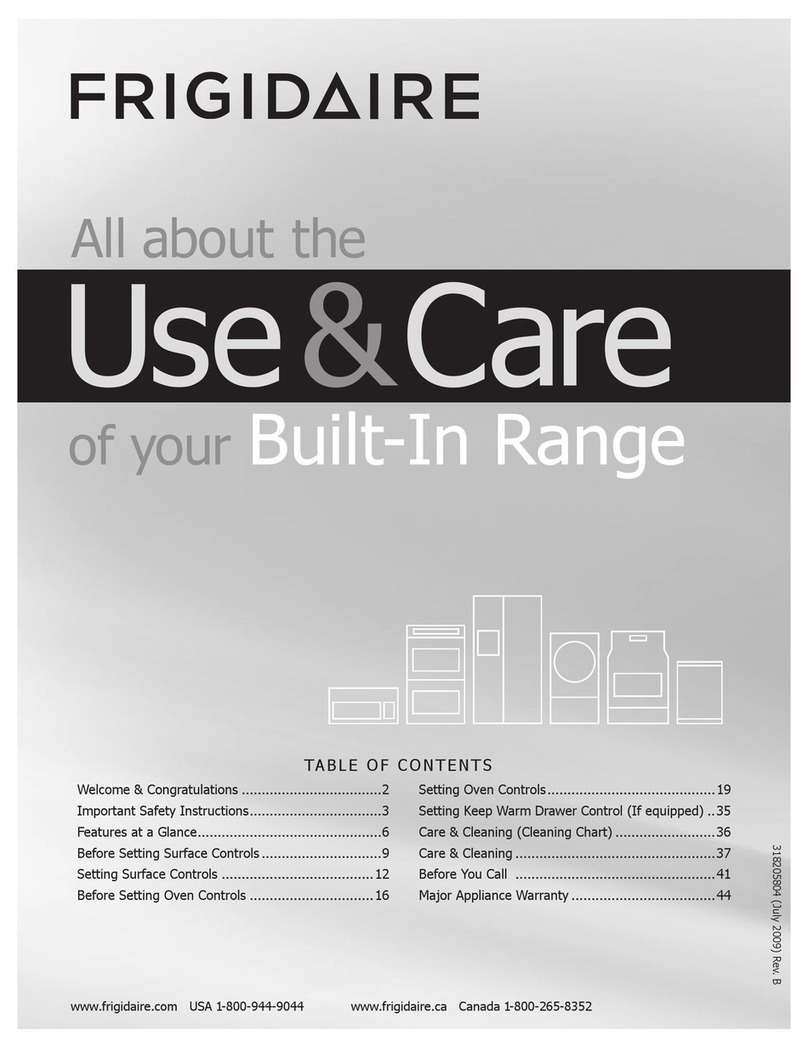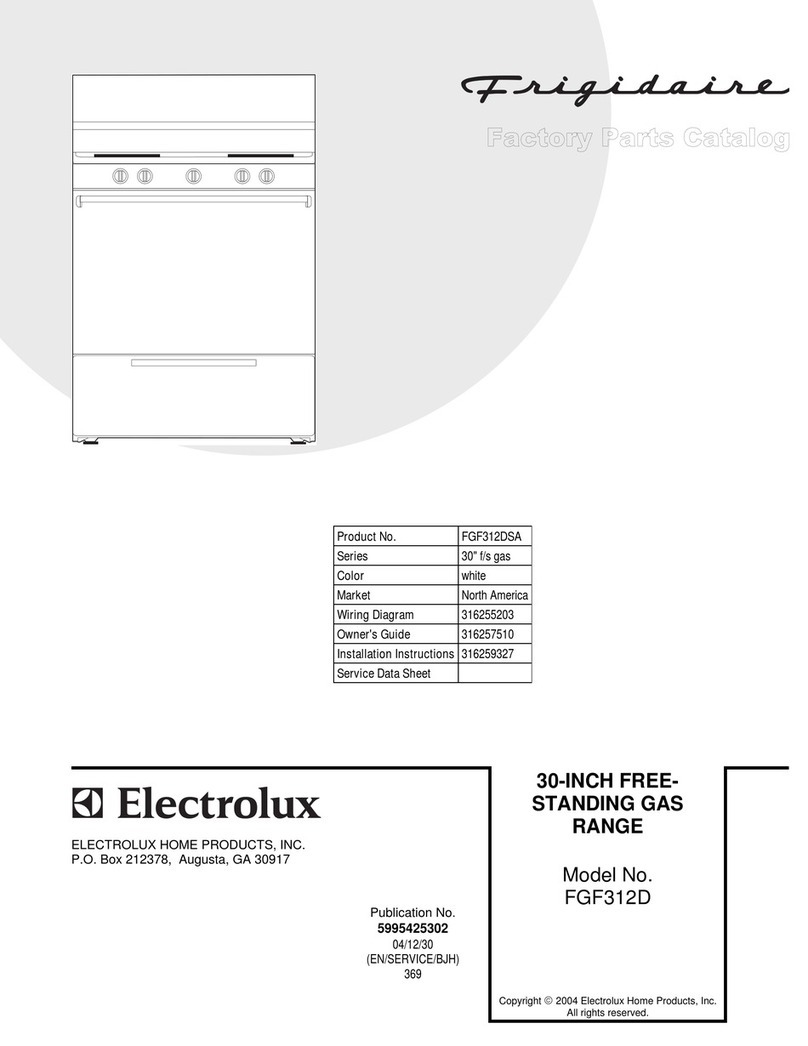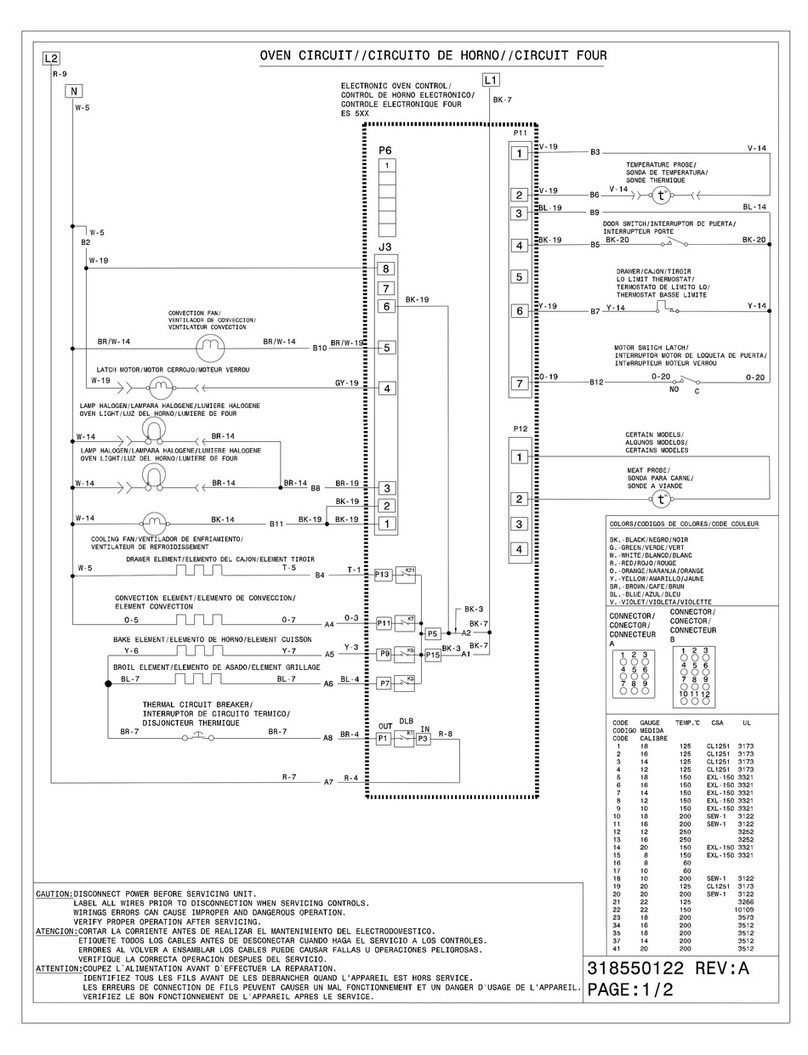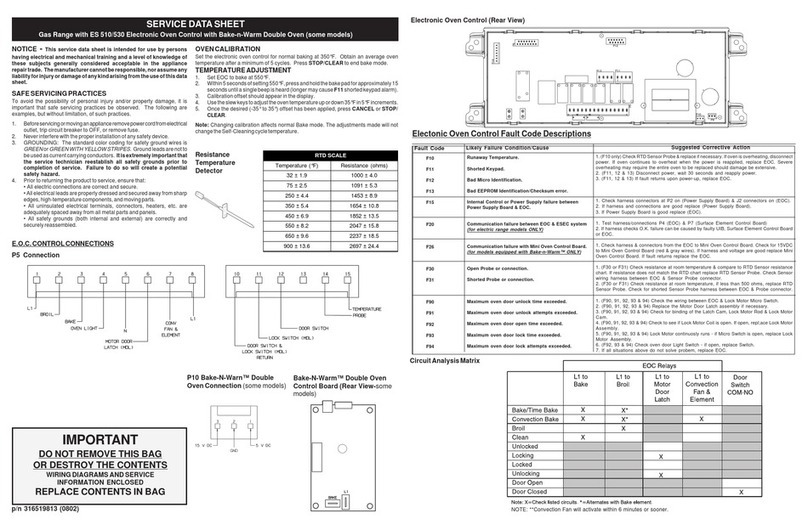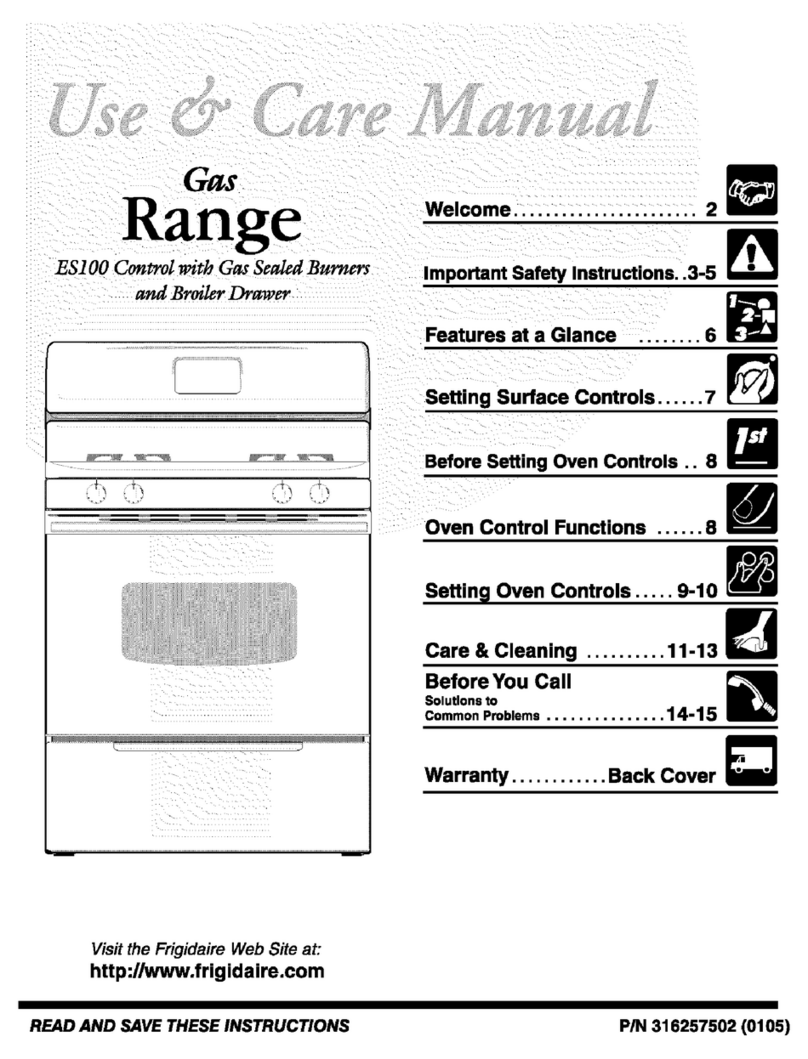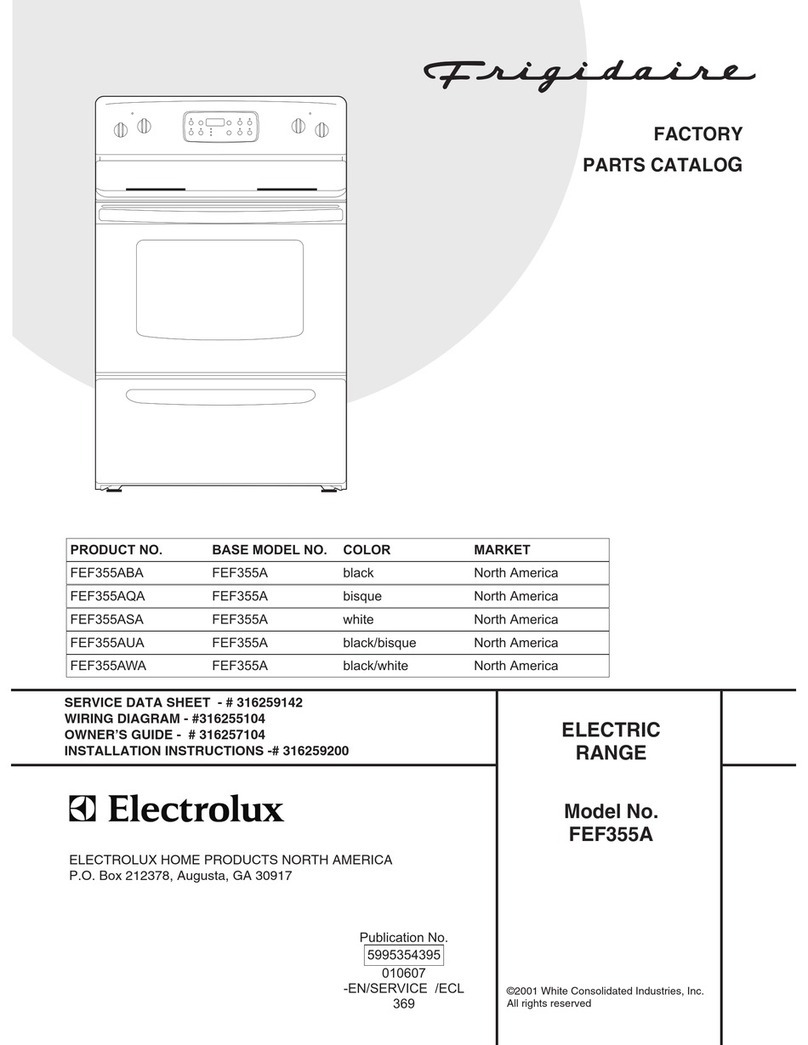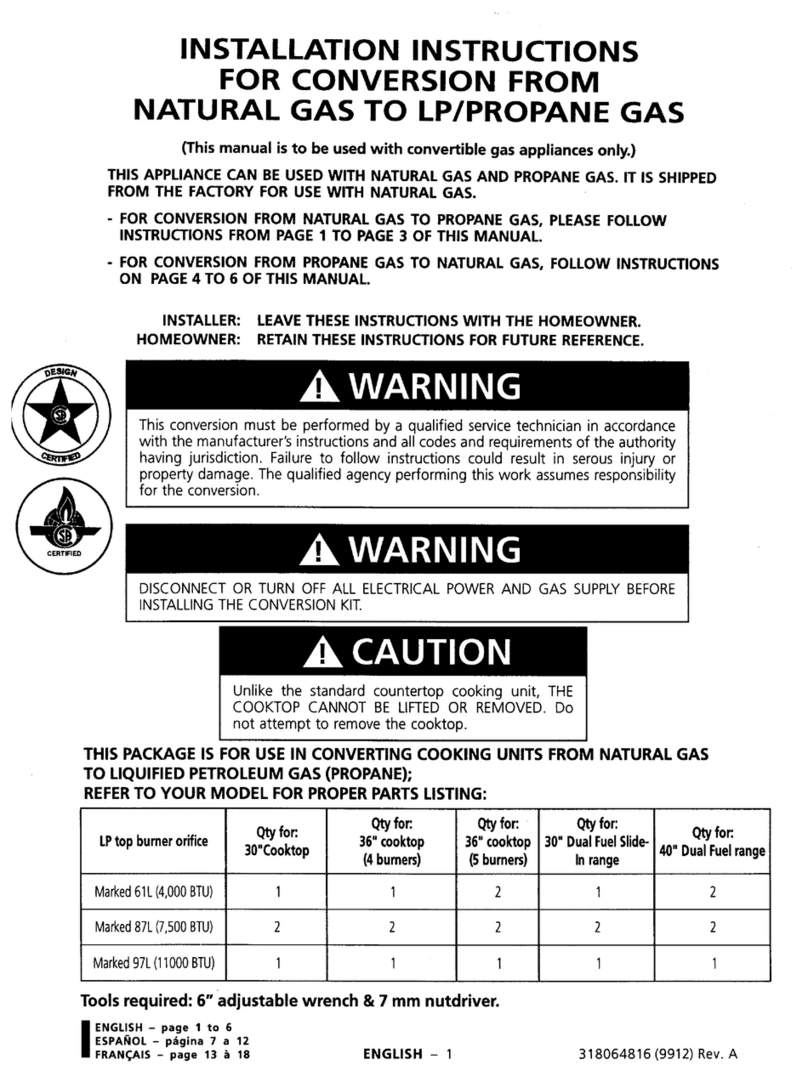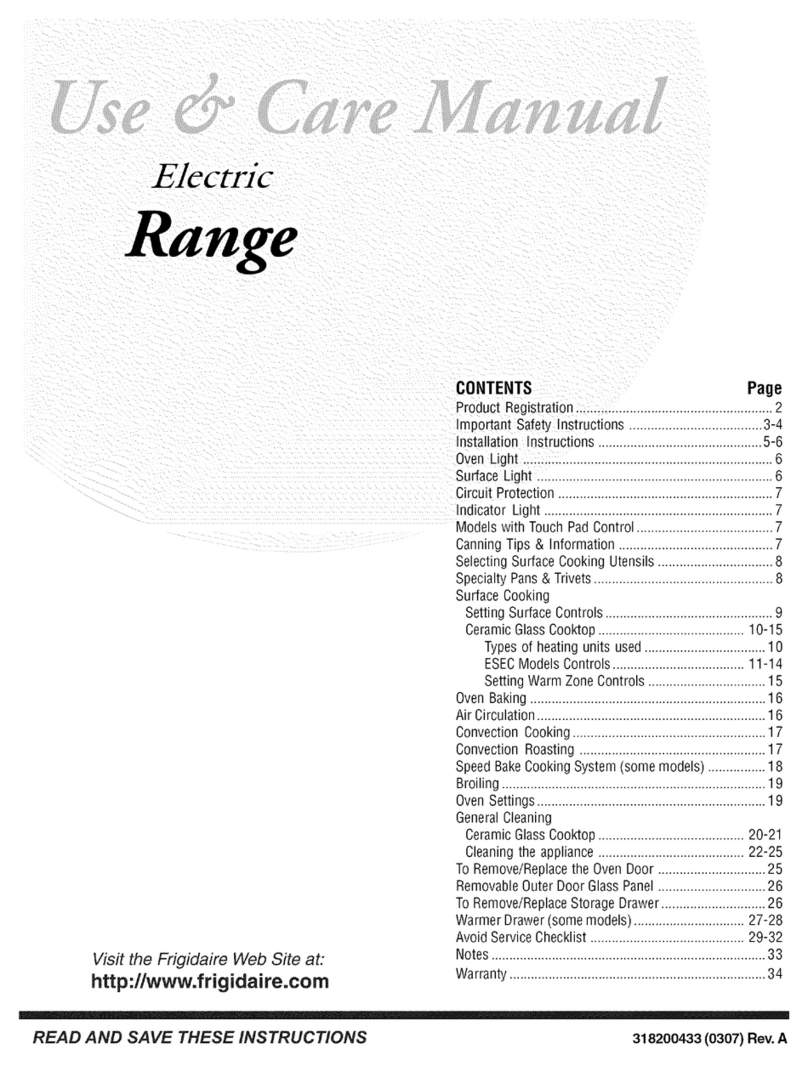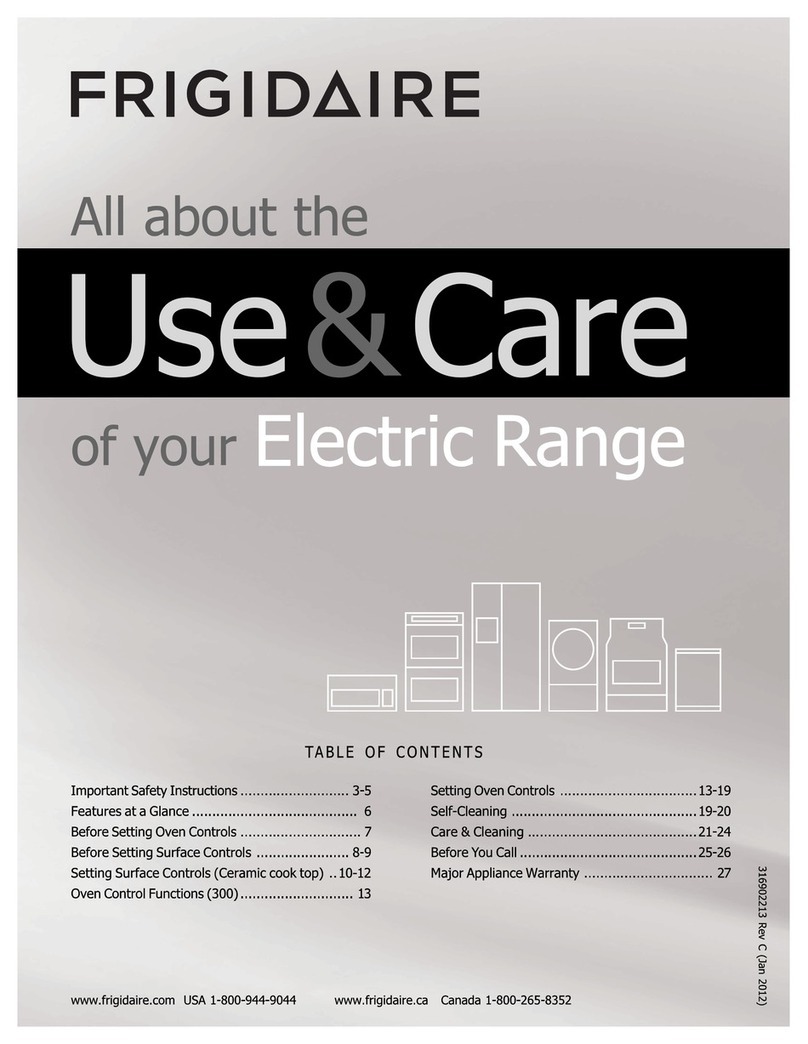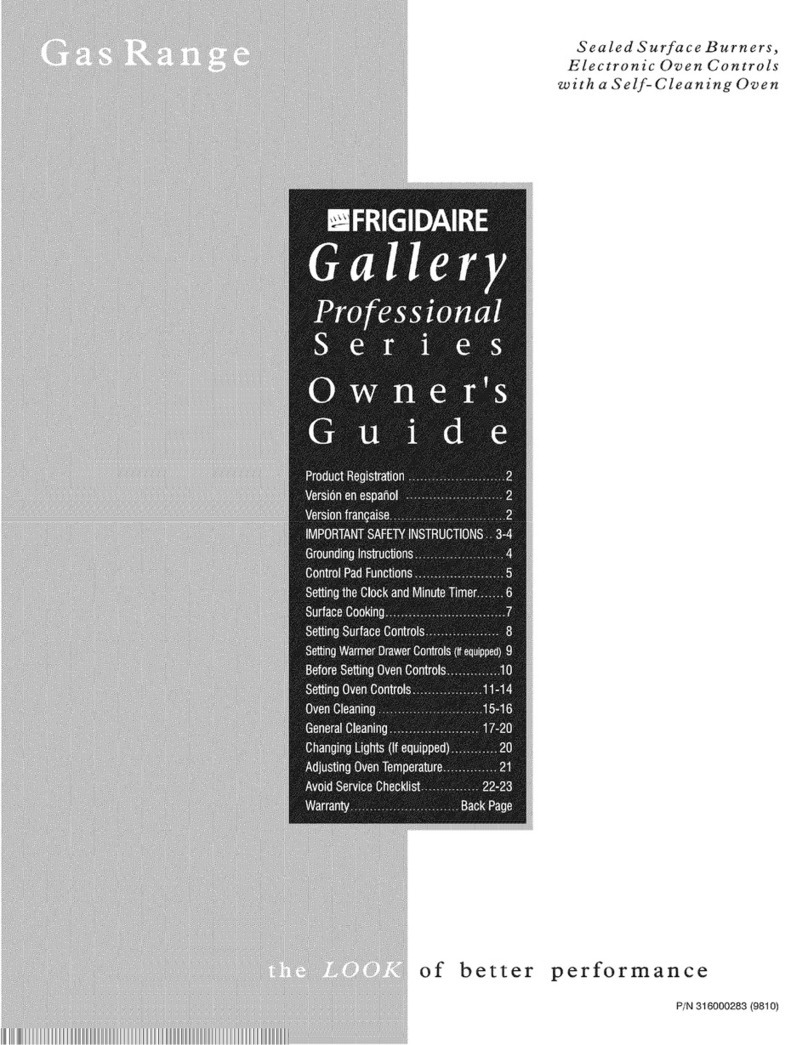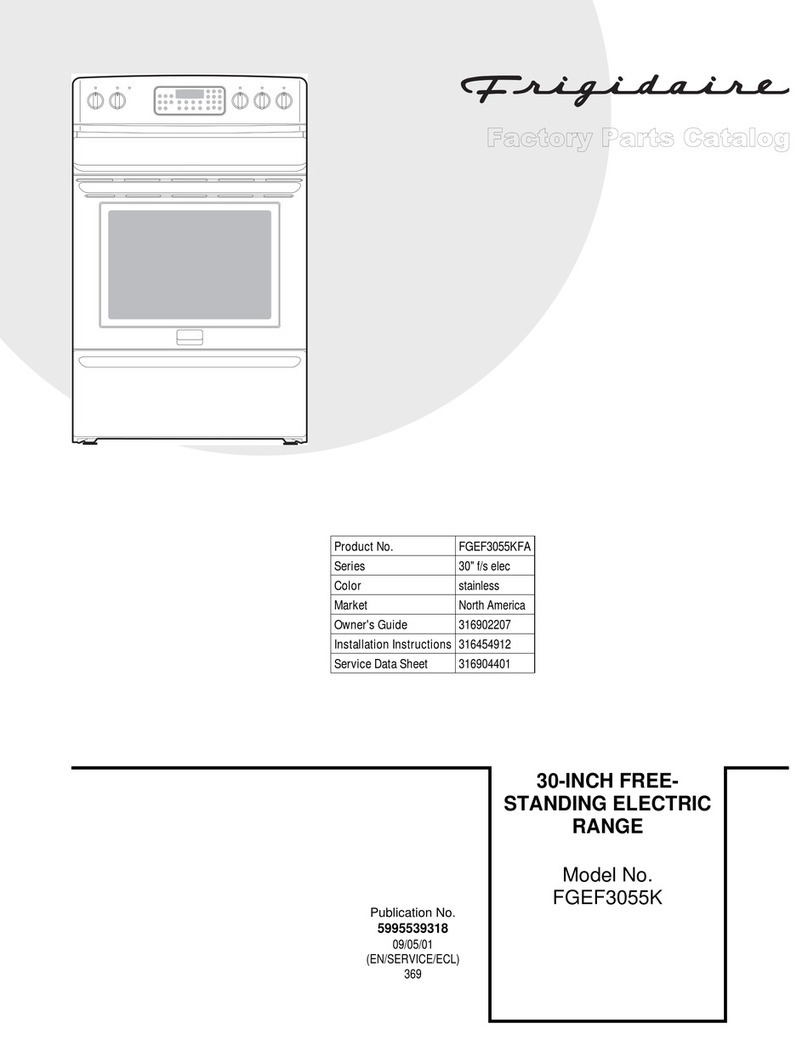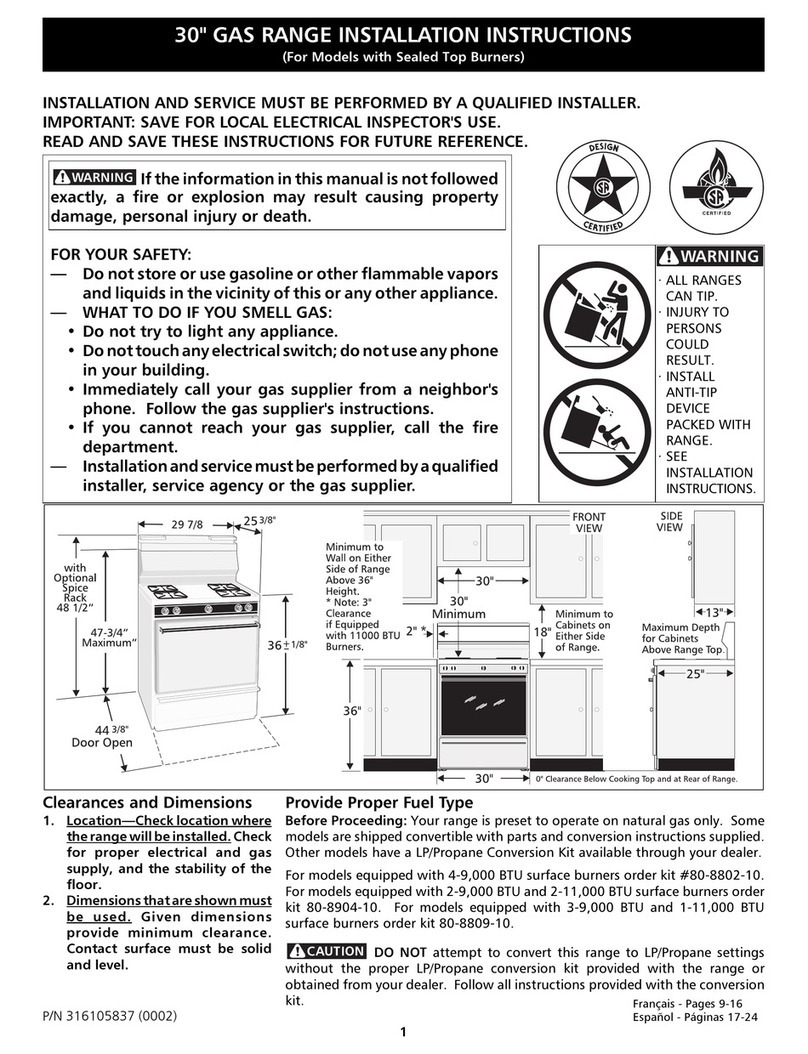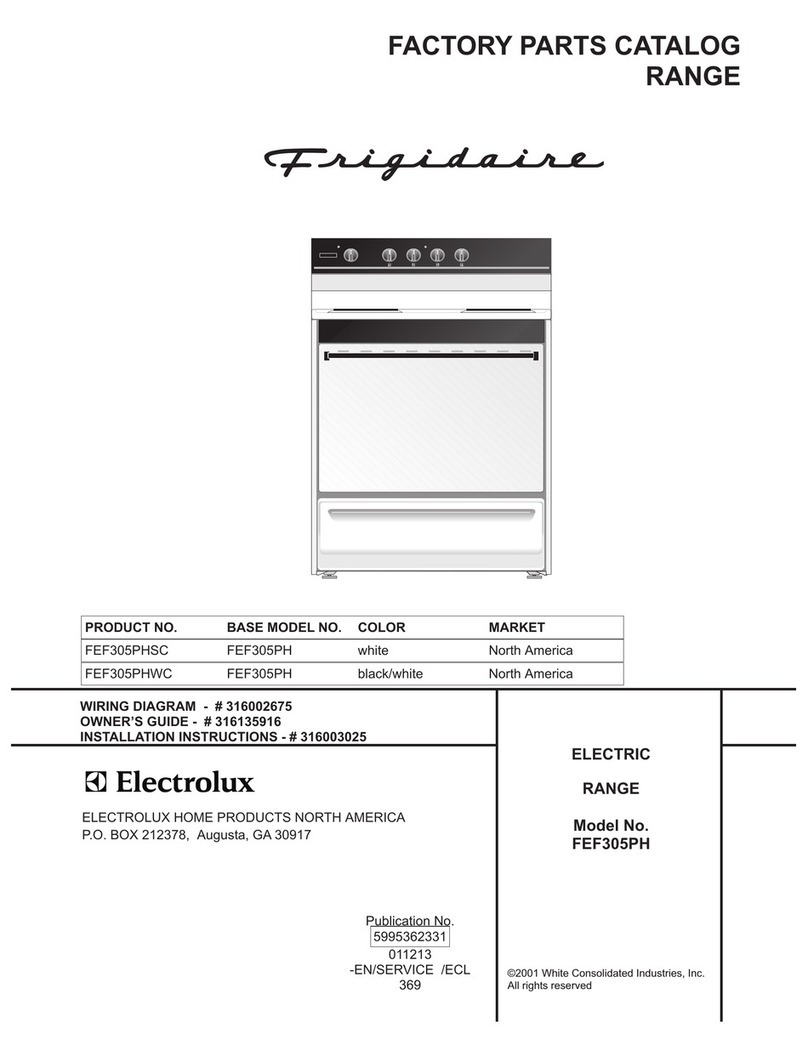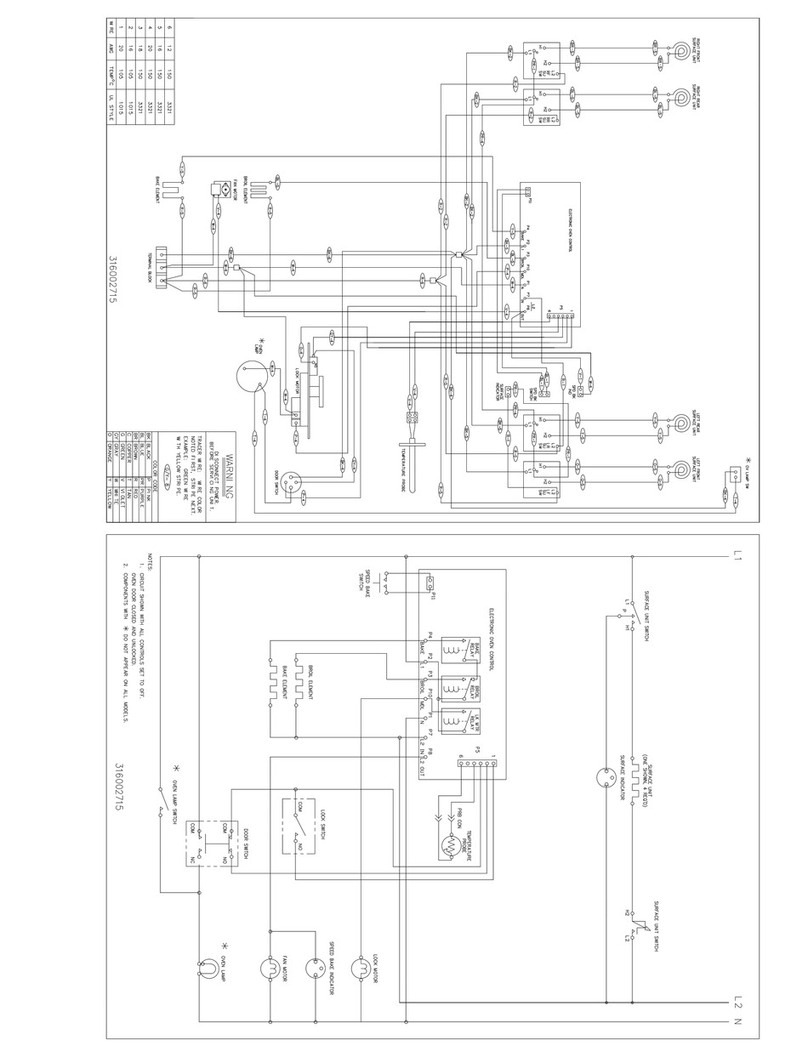
r
, All ranges can tip.
•Injury to persons could result.
• Install anti-tip device packed with range.
,, See Installation Instructions.
_To reduce the risk of
tipping, the rangemust be secured by
properly installed anti-tip bracket provided
with the range. To check if the bracket is
installed properly, visually check that rear
leveling leg is inserted into and fully
secured by the anti-tip bracket by
removing lower panel or storage drawer.
For models with a warmer drawer, grasp
the top rear edge of the range and
carefully attempt to tilt it forward. Refer to
the installation instructions for proper anti-
tip bracket installation.
,., j
Stepping, leaning or sitting on the doors or
drawers of this range can result in serious injuries and also
cause damage to the range. Do not allow children to climb or play
around the range. The weight of a child on an open door may
cause the range to tip, resulting in serious burns or other injury.
Do not use the oven or warmer drawer (if
equipped) for storage.
Do not store items of interest to children in the
cabinets above a range or on the backguard of a range. Children
climbing on the range to reach items could be seriously injured.
Never Use YourAppliance forWarming orHeating
the Room.
•Storage in oron Appliance--Flammable materials should not
be stored in an oven, warmer drawer, near surface units or in
the storage drawer. This includes paper, plastic and cloth items,
such as cookbooks, plasticware and towels, as well as flammable
liquids. Do not store explosives, such as aerosol cans, on or near
the range.
•Do Not Leave Children Alone--Children should not be left alone
or unattended in the area where appliance is in use. They
should never be allowed to sit or stand on any part of the
appliance.
=DO NOTTOUCH SURFACE UNITS,AREAS NEARTHESE UNITS,
HEATING ELEMENTS OR INTERIOR SURFACES OFTHE OVEN.
Both surface units and oven heating elements may be hot even
though they are dark in color. Areas near surface units may
become hot enough to cause burns. During and after use, do not
touch, or let clothing or other flammable materials touch these
areas until they have had sufficient time to cool. Among these
areas are the cook top, surfaces facing the cook top, the oven vent
openings and surfaces near these openings, oven door and
window.
-Wear Proper Apparel--Loose=fitting or hanging garments
should never be worn while using the appliance. Do not let
clothing or other flammable materials contact hot surfaces.
- Do Not Use Water or Flour on Grease Fires--Smother the fire
with apan lid, or use baking soda, a dry chemical or foam=type
extinguisher.
- When heating fat or grease, watch it closely. Fat or grease may
catch fire if allowed to become too hot.
- Use Only Dry Potholders--Moist or damp potholders on hot
surfaces may result in burns from steam. Do not let potholders
touch hot heating elements. Do not use atowel or other bulky cloth
instead of a potholder.
- Do Not Heat Unopened Food Containers--Buildup of pressure
may cause container to burst and result in injury.
-Remove the oven doorfrom any unused range ifit isto be stored
or discarded.
IMPORTANT--Do not attempt to operate the range during a
power failure. If the power fails, always turn off the range. If the
range is not turned off and the power resumes, the range will begin
to operate again. Once the power resumes, reset the clock and
oven function.
IMPORTANT INSTRUCTIONS FOR USING YOUR
COOKTOP
=Knowwhich knob controls each surface heating unit. Place a
pan of food on the unit before turning it on, and turn the unit off
before removing the pan.
• Use Proper Pan Size--This appliance is equipped with one or
more surface units of different sizes. Select utensils having flat
bottoms large enough to cover the surface unit heating element.
The use of undersized utensils will expose a portion of the
heating element to direct contact and may result in ignition of
clothing. Proper relationship of utensil to element will also
improve efficiency.
• Utensil Handles Should Be Turned Inward and Not Extend Over
Adjacent Surface Elements--To reduce the risk of burns, ignition
of flammable materials, and spillage due to unintentional contact
with the utensil, the handle of the utensil should be positioned so
that it is turned inward, and does not extend over adjacent surface
units.
• Never Leave Surface Elements Unattended at High Heat
Settings--Boilovers cause smoking and greasy spillovers that
may ignite, or a pan that has boiled dry may melt.
• Do Not Immerse or Soak Removable Heating Elements--
Heating elements should never be immersed in water. Heating
elements clean themselves during normal operation.
• Glazed Cooking Utensils--Only certain types of glass, glass/
ceramic, ceramic, earthenware, or other glazed utensils are
suitable for cook top service without breaking due to the sudden
change in temperature. Check the manufacturer's
recommendations for cook top use.
• When flaming foods underaventilating hood, turn the fan on.
